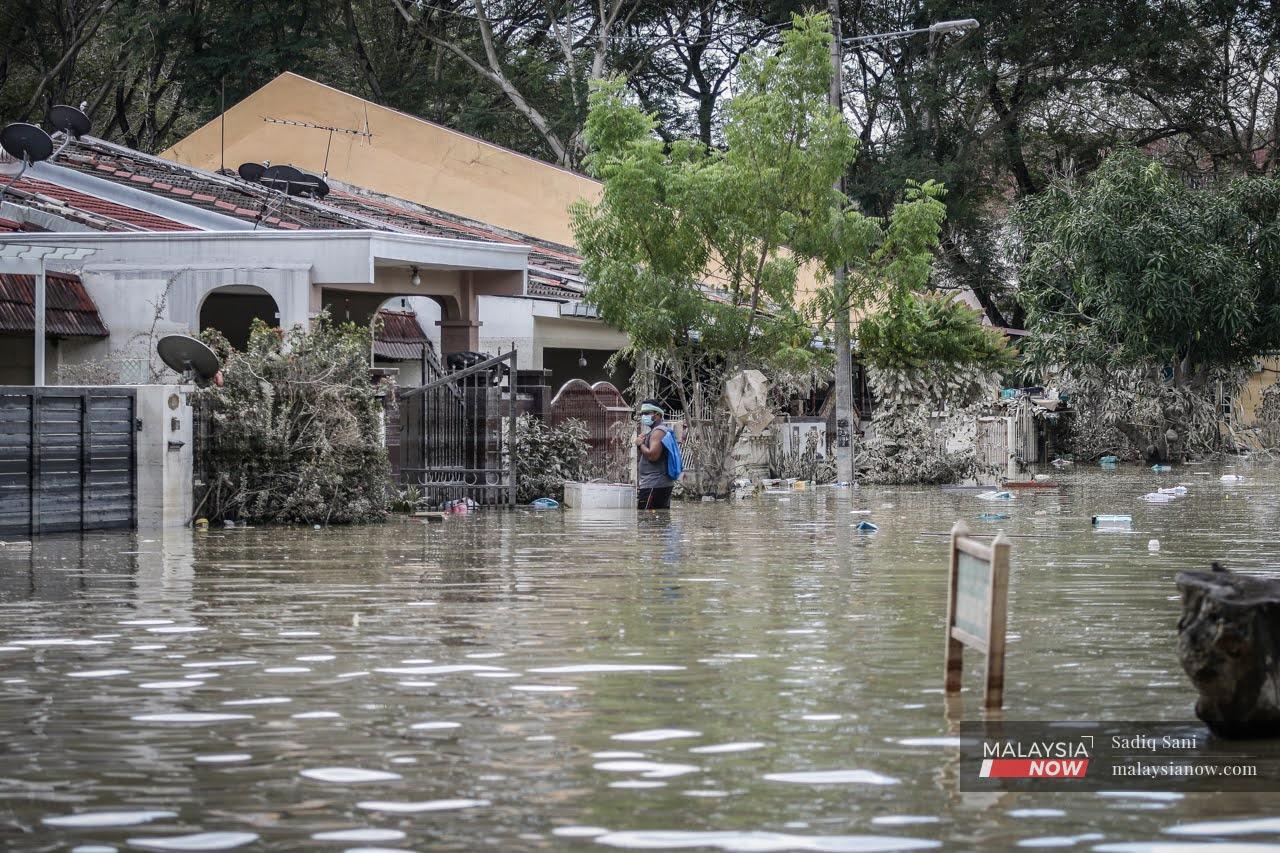An architectural solution to Malaysia’s chronic floods?
But while building houses on stilts like the traditional Malay homes in rural areas might help, it would not be a long-term solution, architects say.
Just In
The massive floods which caused havoc in major cities in the Klang Valley last month have given rise to the question of whether a reconsideration of the architecture in residential areas could help prevent damage of a similar extent in the event of future disasters.
Traditional Malay houses, for example, are built on stilts which allow them to escape most of the mud and sludge carried by the current of floodwaters. Terrace houses and bungalows, on the other hand, sit squarely on the ground, leaving them vulnerable to anything carried their way.
Azari Mat Yasir, a lecturer in architecture at Universiti Teknologi Malaysia, said modern homes could adopt the features of traditional houses otherwise known as “rumah panggung” for their distinctive stilt legs.
However, this does not mean that current technology should be laid aside, he added.
“Using old technology doesn’t mean we should return to building houses out of wood, as such structures are limited in terms of their practicality in this day and age,” he said.
The huge floods which left more than 50 dead saw areas like Taman Sri Muda in Shah Alam, Selangor, among the worst affected. There, water levels rose to the point where almost entire vehicles were submerged.
Other spots such as Bukit Lanchong in Subang Jaya were cut off from the surrounding areas and residents had to be evacuated by boat.
Even after receding, the floodwaters left homes covered in mud. In some places, residents were forced to use water jets to clean up their houses.
Azari said individuals who wish to pattern their homes after the “rumah panggung” concept should ensure that the ground level is left empty.
This means that there can be no walls or rooms on the bottom floor.
“Many home owners follow the current trends,” he said. “But it’s easier for their architect to design the house according to their needs and not just following whatever happens to be the trend at the moment.”
He nonetheless warned that homes elevated on stilts would not be able to evade every flood, especially those with strong currents.
“Currents also bring along all manner of garbage and wood, things like that,” he said.
“This can destroy the structure of houses which rest solely on a series of linked poles.”
Consulting firm Humanitarian Capital said houses on stilts could be built in flood-prone areas.
But its director Hafiz Amirrol said many had forgotten traditional concepts of architecture in their scramble to be modern.
“It would make sense for them to return to this type of house,” he said to MalaysiaNow.
But he, too, agreed that this would not be a long-term solution.
Hafiz, who had helped build temporary homes for flood victims in Kuala Krai alongside Mercy Malaysia, said the construction of houses on stilts would be reactive and impractical.
“What then would be a solution? Don’t develop or live in areas which are known to be flood-prone locations,” he said.
Adding that a solution to floods could not be found through the perspective of home designs alone, he said it would also involve area planning, nature-based solutions, community-based disaster risk reduction and management, and the empowerment of local authorities.
Water catchment areas are also vital to ensure that too much water does not flow into rivers too quickly.
“If everyone collected rainwater like we did in the past for rainwater harvesting, it would also help to reduce the floods,” he said.
Subscribe to our newsletter
To be updated with all the latest news and analyses daily.
